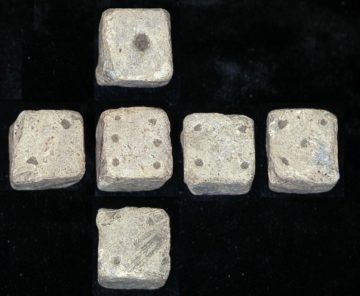by David Kordahl

Note: This piece is an accidental addendum to my column of March 2021, “The Limits of Conspiracy Debunking,” though it can be read separately.
Sometimes, we’re surprised. Though everyday surprises can be comedic, the surprises that we register collectively are more often tragic. My parents both remember the assassination of John F. Kennedy as one of the most shocking events of their childhoods. I suppose the attacks on the World Trade Center and the Pentagon on September 11, 2001, constitute the most shocking of mine. Both the JFK assassination and the 9/11 attacks have attracted conspiracy speculation ever since they occurred. And there are good reasons for this, I contend, even if no conspiracies were involved.
Collective feelings of surprise, of widespread shock, reflect a vague feeling that such events were unlikely, though their very unlikeliness makes their odds hard to calculate. In such cases, alternative explanations—“conspiracy theories,” if you’re feeling ungenerous—seem attractive because they change our estimated likelihoods for surprising events. After these events, it’s natural enough to ask, Why didn’t I see that coming? We might consider, with some shame, whether our expectations should have included wider possibilities, so we might have been less surprised.
After such shocks, the prophets who forewarned disaster gain legitimacy. People retrospectively consider alternatives that accommodate their prior surprise. This rethinking serves to change their subjective odds for the likelihood of the original event. But that’s a problem, if we’re interested in any sort of self-consistency, since this retrospective modulation of odds is only reasonable if we actually should not have been surprised.
This may all sound circular, but there’s a solution at hand. If unique events can be reclassified as non-unique, we can move away from seeing events as being unprecedented, and statistics will once again apply. Returning to shocking events, JFK might be rolled into the category of “political assassinations,” and 9/11 into the category of “political terrorism,” and we might then think through the odds by examining trends in those categories. Read more »
